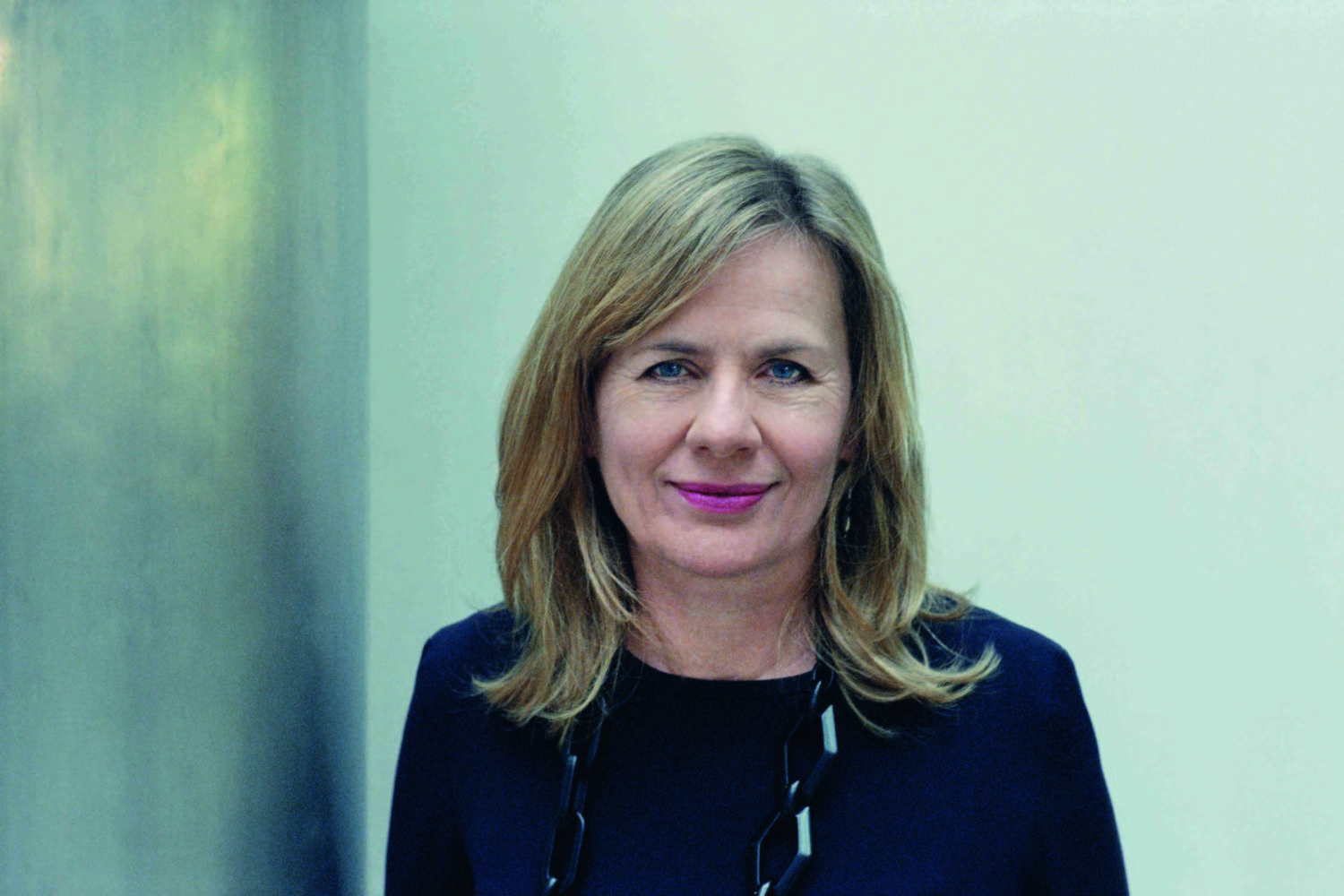
Eco-labels are usually found on food packaging in supermarkets or water-efficient dishwashers. Seeing an eco-certification label on a museum is rare, but the Kunst Haus Wien is one of the first museums in Europe to qualify for the green badge.
The Tate in London might have recently declared a climate emergency, but the contemporary art museum founded by the late Austrian artist, architect, and early environmentalist known at Hundertwasser has always had eco-consciousness in its DNA. With the arrival of a new director in 2014, it stepped up its efforts to reduce, recycle, and reuse.
As the “Greta Thunberg effect” is embraced by the art world, an increasing number of commercial galleries, art fairs, and museums are striving to be greener. In the UK, the protest movement led by Extinction Rebellion has been focusing minds: Some 30 UK cultural institutions have so far as to pledge to reduce their emissions. (The British Museum and National Portrait Gallery, like the Louvre in Paris, are sticking with their oil company sponsors, however.)
How can art museums, especially ones adding new wings or revamping existing ones, look Thunberg in the eye? And what does it take for an institution to do the right thing by the environment, day in and day out? The Kunst Haus Vienna has tried to find practical answers and integrate climate-friendly processes across the museum.
The institution, designed by Friedensreich Hundertwasser in his idiosyncratic, surrealist style, houses the largest permanent collection of his work in the world. It is also one of Vienna’s top museums for contemporary photography. Four artists are invited to do a show that touches on ecological issues each year, such as the Canadian photographer Edward Burtynsky.
The museum’s director, Bettina Leidl, was dissatisfied with the contradiction between organizing climate-themed exhibitions while running an institution that did not fully practice what its shows preached.
Canadian photographer Edward Burtynsky’s Colorado River Delta 2 (2011) from his 2017 exhibition at Kunst Haus Wien. © Edward Burtynsky. Courtesy AdmiraMilan
“If, as an art institution, you take up topics such as sustainability and ecology in order to achieve an effect with the visitor, you should also critically question yourself about how you deal with them in your own organization,” Leidl tells artnet News. She and her team started to look into ways to green the museum from top to bottom. Over the past four years, the museum has revamped its gift shop, restaurant, offices, and exhibition spaces to be as eco-friendly as possible.
“Hundertwasser was a pioneer in his artistic ecological vision,” says Leidl. “He always tried to combine art and ecology, and he proclaimed and celebrated a sustainable way of living and working as an artist, while also criticizing the contemporary living situation.”
In fact, the pioneering artist even designed an early eco-label in 1990: the Austrian Eco Label for Tourism. But when Leidl tried to get Hundertwasser’s museum certified, she found there were no guidelines for museums to follow. She reached out to the International Council of Museums (ICOM) and began a task force together with the Austrian Museum Association and the Austrian Ecological Institute to draft up rules for how museums can go green.
She says several other Austrian museums have started looking into getting eco-certified, especially because the country currently has three cities that are applying to be the European Year of Culture for 2024. The European Union is asking participating museums to have the eco-label.
Facade of the Kunst Haus Vienna, which was designed by the celebrated artist and architect Friedensreich Hundertwasser. Photo by Thomas Meyer.
Going Deep Green
Leidl says that it took about four months for each department in the museum to do a proper evaluation of its carbon footprint, and six months to begin implementing initial changes. “It is always a question of budget, so we could not do everything in the first year, but we drew up an investment plan for the next years,” she says. “We cannot have solar panels on our roof because we are a historic building, so there are limitations, but there are many things we can change very easily.” The artist-architect lived in a rooftop apartment, complete with a tree-filled garden, above the Kunst Haus.
While a deep green overhaul sounds daunting, the director of the Kunst Haus Vienna says that, if done step-by-step, it is manageable. Some things are harder to improve than upgrading gallery lighting to use low-energy LED illuminations or switching to chlorine-free paper. “When you are an international art museum, you will always have art transport and thus worsen the ecological footprint. You cannot simply decide that you should only show local artists who will bring their paintings by bicycle,” Leidl says.
Friedensreich Hundertwasser’s Irinaland over the Balkans (1969). Copyright Kunst Haus Vienna.
The most public evidence of the museum’s eco-consciousness is probably found in the gift shop and cafe. The museum phased out products that were not sustainable, or were over-packaged. It also favors items from locally-based companies. In its vegan restaurant, organic and regional products are sold in reusable containers.
At the entrance and on its website, visitors can find information about the museum’s green policies. It also explains how the museum’s dedication to the mid-20th century artist Hundertwasser plays an essential role in the museums’s environmentally-conscious identity.
“A museum is also a value-producer with a sociopolitical mission that we have to convey to the public and to visitors,” Liedl says. “Can art change the climate? No, but art can refine our perception and change our perspective. Numerous artists combine their art with an ecological commitment and get us out of our comfort zone.”